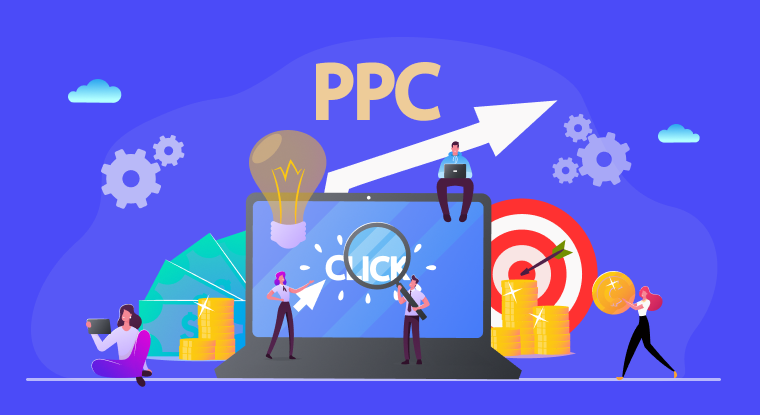
There is no doubt that online advertising is one of the most effective ways to reach potential customers. However, it’s important to make sure your PPC Strategy for eCommerce business is tailored according to the recent trends to gain the maximum traction.
Here are a few reasons why:
- E-commerce ads can be more targeted than traditional ads because they are based on the customer’s interests and behaviors.
- Ads in search engine results pages (SERP) tend to have higher click-through rates (CTRs). This means people are much more likely to purchase something as a result of seeing an ad there.
- CPCs (cost per click) tend not to be high in SERPs compared with other websites. So you’re able or willing to spend less money on AdWords campaigns without sacrificing quality traffic or conversions.
- Targeting specific demographics allows you simply communicate with the right audience at just the right time. Increasing your chances of converting leads into sales.
- E-commerce ads are usually location-based. So you can target people who have shown an interest in your particular product or service.
How to Optimize Google PPC Campaigns Strategy
Here are 5 ways to Optimize your PPC Strategy for ecommerce :
-
Choose The Right Keywords
You need to choose the right keywords for your e-Commerce business if you want to achieve high CTRs and conversions. Keyword research is important. But don’t focus exclusively on search engine results pages (SERP). Also consider including them in your ad copy and landing pages, as well. Make sure that the words you choose are appropriate for your product or service. Target potential customers who would be interested in purchasing what you have to offer. And are not already being advertised by another company.
-
Place Ads Where People Will See Them
Target ads on relevant websites. Such as blogs, forums, and sites related to your industry. Place ads in locations where people are most likely to see them. Such as the top of search engine results pages (SERP) or near the top of a website’s pagination results.
-
Use Persuasive Ad Copy
Make sure that your ad copy is compelling and speaks directly to potential customers. Write clear sentences that give consumers enough information about what they’ll get if they click through your ads. Including images and videos if possible. In addition, use keywords throughout the text so that ads appear more prominently when users search for related terms.
-
Use relevant images and videos
When you create ads with visuals, make sure they’re high-quality and persuasive. Useful photos can show potential customers what they’ll get if they buy your product or sign up for your service. While videos can demonstrate how easy it is to use the product or how great the results are. For example, you could include a video of someone using your product to solve a problem. That’s important to them or demonstrating how quickly it delivers its promised results.
-
Test different ad designs and messaging
Make sure that each ad you create is effective and Gets Results. You can test different ad designs and messaging to see which formats are most likely to get people interested in your product or service. For example, you could run A/B tests to compare different versions of an introductory ad text that promotes a free trial of your product.
In Conclusion
There is no doubt that PPC (pay-per-click) advertising is one of the most effective ways to drive traffic and sales to your website. It’s also one of the oldest and simplest forms of marketing. Making it ideal for new online businesses or small businesses with limited resources.
When executed correctly, a PPC campaign can help you reach a large audience very quickly by targeting specific keywords or phrases. This allows you to focus your ad spending on those customers who are looking for what you have to offer – which often results in higher click-through rates (CTRs) and more lead conversion. In addition, campaigns generate LEADS – not just transactions – so you’re able to track progress over time and adjust your strategy as needed without damaging relationships with existing customers.


